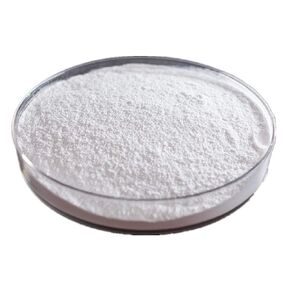- Shopping, made easy.
- /
- Get the app!
Product Name: Curdlan; CAS: 54724-00-4; MF: (C6H10O5)n; EINECS: 232-712-4; Application: Curdlan is a polymer produced by fermentation from the bacteria alcaligenes faecalis var. myxogenes. it forms a gel when heated in water, initially required to be dispersed and suspended in water since it is insoluble until heated. above 80°c a high-set gel that is irrevers- ible and stable to freezing is formed. a low-set gel is obtained by heating to 55–60°c and then cooling below 40°c; this gel is ther- moreversible. it is capable of gelling over ph range of 2–10. the heat gelling properties allow improved water retention in sausage and ham, improved consistency in oriental-style noodles, and provide viscosity and texture.
 EASTCHEM 99% Purity of Magnesium Stearate Powder,Cosmetic Ingredients, Food Grade,CAS:557-04-0(250g)
KWD 8.500
EASTCHEM 99% Purity of Magnesium Stearate Powder,Cosmetic Ingredients, Food Grade,CAS:557-04-0(250g)
KWD 8.500
 Eastchem® Tricalcium Phosphate,White amorphous Powder,CAS NO.:7758-87-4(500g)
KWD 21
Eastchem® Tricalcium Phosphate,White amorphous Powder,CAS NO.:7758-87-4(500g)
KWD 21
 1-Dodecanol, CAS: 112-53-8, Dodecyl Alcohol, Dodecan-1-ol, Lauryl Alcohol, Dodecanol (450g)
KWD 16
1-Dodecanol, CAS: 112-53-8, Dodecyl Alcohol, Dodecan-1-ol, Lauryl Alcohol, Dodecanol (450g)
KWD 16
 Industrial Grade Melamine Powder of 99.8% Purity,CAS:108-78-1(100g/3.52oz)
KWD 7
Industrial Grade Melamine Powder of 99.8% Purity,CAS:108-78-1(100g/3.52oz)
KWD 7